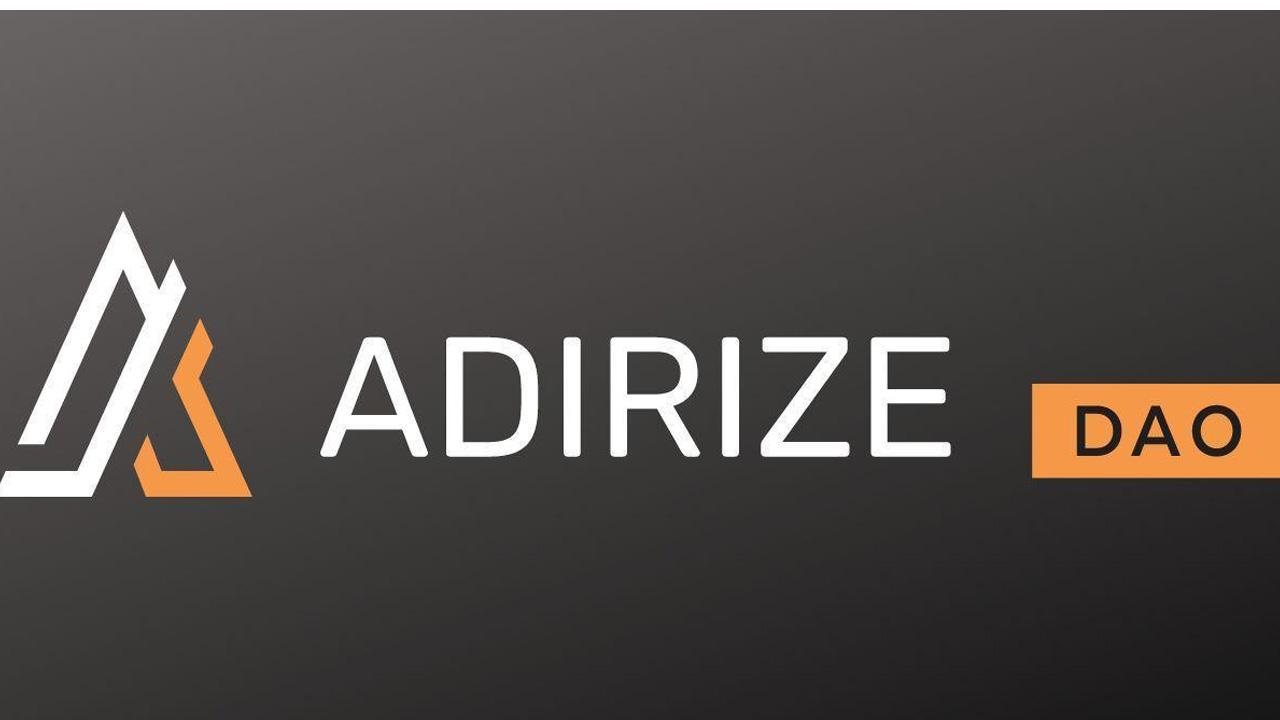The cryptocurrency markets are notorious for their high levels of volatility; nonetheless, the presence of solid cryptocurrencies at the forefront of the sector benefits all of them.
There are heavyweights in the sector, such as Bitcoin (BTC) and Ethereum (ETH), which have controlled the markets for a considerable amount of time, but the moment has come for a shift of power. Polkadot (DOT) and TRON (TRX) are only two of the many alternative cryptocurrencies that can compete successfully in this market.
In the midst of the mix, a new project stands out called Adirize DAO (ADI). The ambitious Adirize DAO (ADI) initiative aims to bring the cryptosphere to a new level by implementing novel ideas and building blocks in the industry.

Adirize DAO (ADI)
A reserve coin with the ticker symbol ADI has been created using the Adirize DAO (ADI) protocol. Whereas USDT and USDC are also instances of stablecoins, they should not be confused with ADI. The Adirize protocol’s model can be compared to the gold standard because it issues and backs ADI tokens with a reserve of precious assets.
Even more so, the decentralized unique selling point that cryptocurrencies are advertised with seems to contradict the fact that a central authority regulates the most widely used stablecoins, just like the Tether USD (USDT) being ultimately tethered to the United States Dollar.
Most of these problems have been addressed by the newest versions of stable algorithmic currencies, which base their stablecoins on algorithms rather than monetary reserves. There is no need for routine audits of such projects if they do not contain reserves, and the management of these stablecoins can be delegated. It is in this context that Adirize (ADI) becomes applicable.
Polkadot (DOT)
Polkadot (DOT) was developed by Parity and made available to the public in the year 2020 under the direction of Dr. Gavin Wood, who was one of the co-founders of Ethereum (ETH), and Dr. Jutta Steiner, who had previously served as the head of security for the Ethereum (ETH) Foundation.
Polkadot (DOT) enables a level of interoperability between numerous blockchains that has never been seen before by bringing them all together under the same common node. Because of this, the blockchains in question can communicate with one another without the intervention of a third party.
To process transactions and create new DOT tokens, Polkadot (DOT) implements a variant of the proof-of-stake (PoS) consensus mechanism called the nominated proof-of-stake (NPoS) consensus mechanism.
TRON (TRX)
The TRON (TRX) network is a public, permissionless, blockchain-based platform with the singular goal of liberating the creative process from corporate control. TRON’s blockchain provides a foundation for quick financial transactions, the deployment of decentralized applications, and the distribution of media.
Dissimilar to Bitcoin’s use of a proof-of-work method to validate transactions, TRON (TRX) uses a proof-of-stake system and pays content producers in the platform’s native token when users purchase content.
Users of TRX coins can stake their coins instead of mining them to gain incentives and protect the network.
Conclusion
Altcoins have seen a lot of success in the past couple of years, with alt-projects like Polygon (MATIC) and TRON (TRX) still standing tall as go-to options for crypto traders. Also, It has been suggested that Adirize DAO (ADI), with its pro-crypto industry beliefs and designs, might propel the industry to new heights. We can only hope.
Presale: https://join.adirize.com/register

